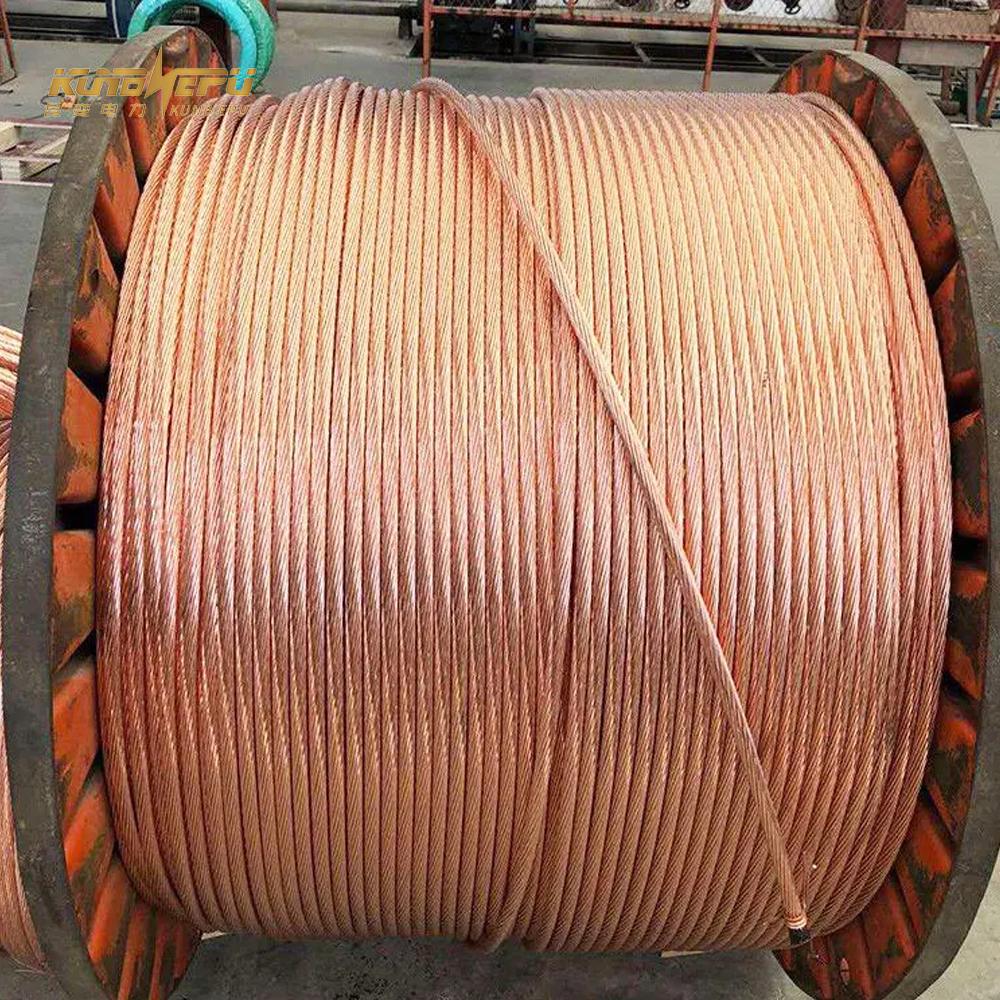The Role of Grounding Strands in Electrical Safety
Preventing Electrical Surges and Fire Hazards
Grounding strands act as a safety buffer, redirecting electrical surges away from sensitive equipment. This vital function is crucial in mitigating fire hazards, as the National Fire Protection Association (NFPA) highlights the importance of grounding in reducing risks associated with electrical surges. Statistics indicate that up to 70% of fire incidents related to electrical failures can be mitigated through proper grounding. By incorporating grounding strands into electrical systems, one can safeguard against the severe consequences of lightning strikes and other unexpected electrical events, helping to preserve both property and lives.
Ensuring Compliance with Safety Standards
Adhering to national and local electrical codes is essential, and grounding strands are often a requirement for compliance. Many safety standards, such as NFPA 70 (National Electrical Code), specify detailed installation requirements for grounding systems, highlighting the importance of grounding strands. Conducting regular audits and inspections is crucial to ensure that grounding systems meet these compliance requirements. This not only maintains safety in electrical installations but also prevents potential legal issues and enhances system reliability. Maintaining compliance is a continuous process that demands attention to changes in standards and the consistent evaluation of installed systems.
Key Benefits of Grounding Strands in Modern Installations
Enhanced Equipment Longevity in Harsh Environments
Grounding strands play a crucial role in enhancing the longevity of equipment, particularly in harsh environments. These strands minimize electrical stress during surges, which is especially beneficial in industrial settings where equipment is subject to frequent and intense use. Studies have demonstrated that proper grounding can increase equipment longevity by up to 30%, thereby reducing downtime and maintenance costs. Grounding strands made of corrosion-resistant materials are particularly advantageous in extreme weather conditions, ensuring that systems continue to operate reliably despite adverse environmental factors.
Improved Stability for Three-Phase Transformer Systems
Grounding strands significantly enhance the stability of three-phase transformer systems by maintaining equal voltage across all phases. This balanced environment is critical because any potential phase imbalance can lead to equipment failure and operational disruptions. Grounded systems help prevent such anomalies by providing a stable reference point for the system. Engineers frequently report that robust grounding solutions are indispensable for the seamless operation of three-phase transformers across various industries. This ensures both the reliability and efficiency of power distribution systems, contributing to overall operational success.
Cost-Effective Maintenance Solutions
Implementing grounding strands offers a cost-effective solution for long-term maintenance by mitigating surge-related damages. Businesses can significantly decrease repair expenses by minimizing electrical faults, thus enhancing their cost-effectiveness. Well-maintained grounding systems are known to provide substantial savings, with estimates indicating a reduction in maintenance costs by up to 40%. Such systems ensure that electrical issues are minimized, leading to fewer repairs and replacements over time, which is a strategic advantage for any organization looking to optimize its maintenance expenses.
Grounding Strands vs. Traditional Grounding Methods
Comparing Conductivity: Stranded vs. Solid Wire Systems
Grounding strands bring notable advantages over traditional grounding methods, particularly when comparing conductivity with solid wire systems. Stranded wires are preferred for their superior flexibility and conductivity, which enable more efficient and easier installations. Studies have shown that stranded wire systems are approximately 20% more effective in conducting electricity than their solid counterparts, enhancing both safety and efficiency. This higher conductivity reduces the potential for overheating and electrical failures, making them a safer choice for demanding applications. The adaptability of stranded wires allows them to perform reliably under a wide range of environmental conditions, often surpassing the rigidity and limitations of solid wire systems.
Adaptability Across Transformer Types (Single-Phase vs. Three-Phase)
Grounding strands are highly adaptable when it comes to accommodating various transformer types, including single-phase and three-phase systems. This versatility is crucial given the distinct grounding needs of each transformer type. For instance, three-phase transformers generally necessitate more robust grounding practices to maintain system stability and efficiency. Grounding strands cater to these requirements by effectively managing the differences in alternating and direct current across transformer systems. Numerous case studies have illustrated the efficacy of grounding strands in optimizing the performance of both single-phase and three-phase transformers, underscoring their importance in various industrial applications. As electrical demands continue to evolve, grounding strands provide a flexible and dependable solution in managing electrical systems.
Implementation Best Practices
Determining Optimal Grounding Rod Length (Standard Requirements)
The standard length for grounding rods is typically 8 feet, which ensures effective grounding by maintaining low resistance within the grounding system. However, this length may vary based on local soil conditions and specific electrical requirements. Grounding rods must be long enough to penetrate layers with better conductivity, thereby enhancing overall efficiency. Additionally, it is crucial to consult local codes and regulations, as they might dictate specific requirements for grounding installations to ensure compliance and safety.
Material Selection: Copper-Coated vs. Zinc-Coated Strands
Choosing the right material for grounding strands is vital for ensuring optimal performance. Copper-coated strands are favored due to their superior electrical conductivity and corrosion resistance, which makes them suitable for a broad range of applications. Conversely, zinc-coated strands may offer cost savings but fall short in conductivity and lifespan compared to copper. Therefore, selecting the appropriate material should consider the installation environment and budget constraints to achieve the best results.
Integration with Lightning Protection Systems
Integrating grounding strands with lightning protection systems is a critical practice to protect structures from electrical surges caused by lightning strikes. Grounding strands function as conduits, directing lightning surges safely into the ground, thereby safeguarding sensitive equipment and electronics. Adherence to lightning protection standards ensures that these systems are correctly and effectively installed, maximizing safety for buildings and their occupants. This integration not only enhances protection but also ensures compliance with international safety standards.


